Inside\Within is a constantly updating web archive devoted to physically exploring the creative spaces of Chicago's emerging and established artists.
Support for this project was provided by The Propeller Fund, a joint administrated grant from Threewalls and Gallery 400 at The University of Illinois at Chicago.

Search using the field below:
Or display posts from these tags:
3D printing 3D scanning 65 Grand 7/3 Split 8550 Ohio 96 ACRES A+D Gallery ACRE animation Art Institute of Chicago Arts Incubator Arts of Life audio blogging Brain Frame CAKE Carrie Secrist Gallery casting ceramics Chicago Artist Writers Chicago Artists Coalition Chicago Cultural Center Cleve Carney Art Gallery Clutch Gallery Cobalt Studio Coco River Fudge Street collage collection Columbia College Chicago Comfort Station comics conceptual art Contemporary Art Daily Corbett vs. Dempsey Creative Capital DCASE DePaul University design Devening Projects digital art Dock 6 Document drawing Duke University dye Elmhurst Art Museum EXPO Chicago Faber&Faber fashion fiber Field Museum film found objects GIF Graham Foundation graphic design Harold Washington College Hatch Hyde Park Art Center illustration Image File Press Imagists Important Projects ink installation International Museum of Surgical Science Iran Jane-Addams Hull House Museum jewelry Joan Flasch Artist's Book Collection Johalla Projects Julius Caesar Kavi Gupta Links Hall Lloyd Dobler LVL3 Mana Contemporary metalwork Millennium Park Minneapolis College of Art and Design Monique Meloche Museum of Contemporary Art Chicago (MCA) Museum of Contemporary Art Detroit (MOCAD) Museum of Contemporary Photography (MoCP) National Museum of Mexican Art (NMMA) National Resources Defense Council New Capital Northeastern Illinois University Northwestern University Ox-Bow painting paper mache Peanut Gallery peformance Peregrine Program performance photography PLHK poetry portraiture printmaking public art Public Collectors publications Renaissance Society risograph rituals Roman Susan Roots&Culture SAIC screen printing sculpture Sector 2337 Shane Campbell Silver Galleon Press Skowhegan Slow Smart Museum Soberscove Press social practice South of the Tracks Storefront SUB-MISSION Tan n' Loose Temporary Services Terrain Terrain Biennial text-based textile textiles The Banff Centre The Bindery Projects The Cultural Center The Franklin The Hills The Luminary The Packing Plant The Poetry Foundation The Poor Farm The School of the Art Institute of Chicago (SAIC) Threewalls Tracers Trinity College Trubble Club University of Chicago University of Illinois at Chicago (UIC) University of South Florida at Tampa Valerie Carberry Vermont Studio Center video weaving Western Exhibitions wood carving woodwork Yellow Book Yollocalli Arts Reach zinesInside\Within is produced in Chicago, IL.
Get in touch:
contactinsidewithin@gmail.com
Rashayla Marie Brown: Interrogating the Artist’s Mythology
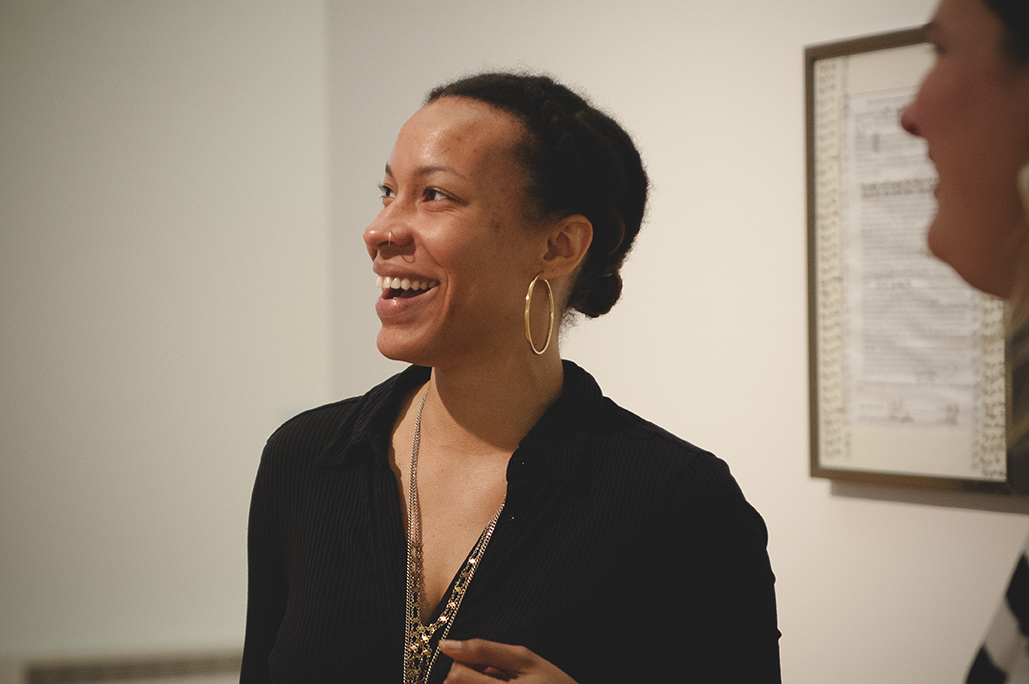
Rashayla avoids having a a centralized studio. Her practice instead lives in gestures, interactions, and observations— improvisationally finding its home in her relationships and lived environments. Her interdisciplinary practice allows her to shapeshift into different figures, some presented in-frame while others are integrated into her daily life. For our particular studio visit we convened at the Chicago Cultural Center where Rashayla had organized a collection of research materials and photographic prints for her installation Appropriation Politics 102 Circa 2017.
What is your connection to the imagery of the red carpet? Why is this often so prevalent in your work?
The red carpet is something I am starting to own more and more as part of my aesthetic. I’m extremely drawn to early ’90s interior design, which for me looks like a lot of reflective surfaces, black lacquer furniture, and gold trim. The aesthetic is overdone in its opulence and is also very specific. My mom’s sense of style is very extravagant in that way. I also am attracted to it because it was in the early ’90s when a lot of black feminist scholarship was starting to be taken seriously with intellectuals— with women such as bell hooks and Michele Wallace. The late ’80s and early ’90s resonates with me both academically and personally.
There is also the connection between the red carpet and the theater or a premiere, as well as political spectacle. For me, it is a stage of self-mythologizing. A lot of what ends up happening in my work across the performances, photography, videos, and writing, is this concept of engaging and interrogating the mythology of the creator or the artist.
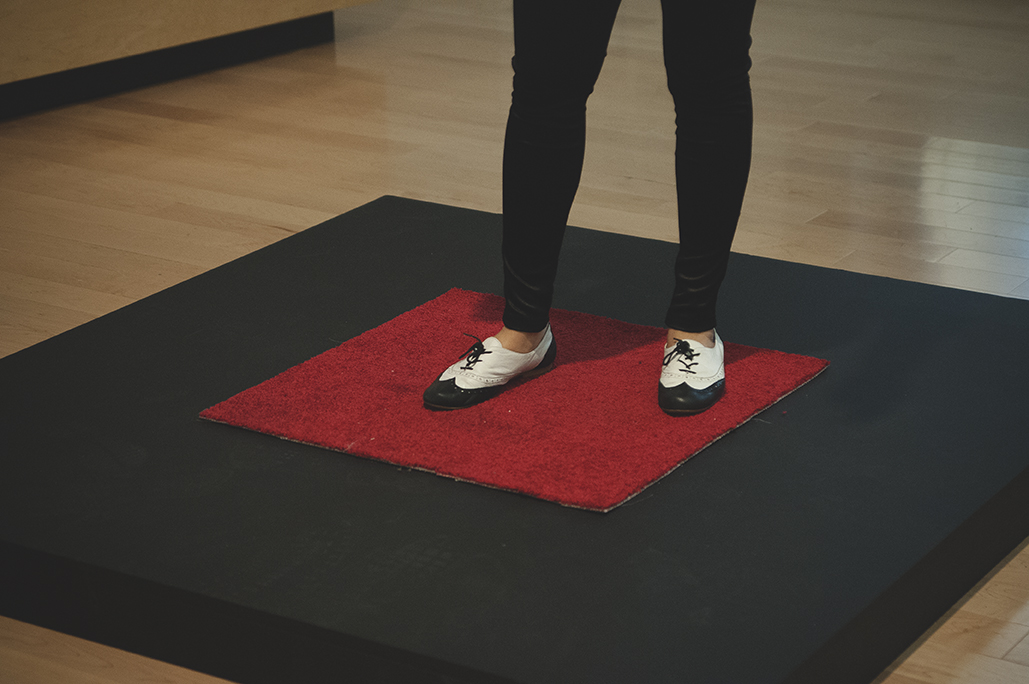
In what ways do you seek to dissect this mythology?
I want to investigate what it means that so many of us think that artists are supposed to isolate themselves and then reemerge with their genius. That is a very specific notion of art history that we’ve been indoctrinated with, and it is largely untrue and might even be harmful. Even the concept of us doing a studio visit— the idea of people seeing where I isolate myself to make things to help them understand what I do—seems strange. My actual studio is just a bunch of boxes and crap in my attic and my desk. I can’t make it sexy for people. Even this type of representation at the Chicago Cultural Center, although it is inspired by my studio, is more highly stylized than my actual space.
Why do you refer to your studio as a “living studio?”
The concept of a living studio space to me is that I am addressing that things in my practice will always be aesthetically and conceptually in flux. That is a part of the work for me. Another is that I am incorporating my actual lived experience into the work, so my life is literally living through my work. And then the third piece of it is that a lot of the creation of the work is not actually happening in my studio. It comes through conversations with people and performances outside of the traditional studio space.
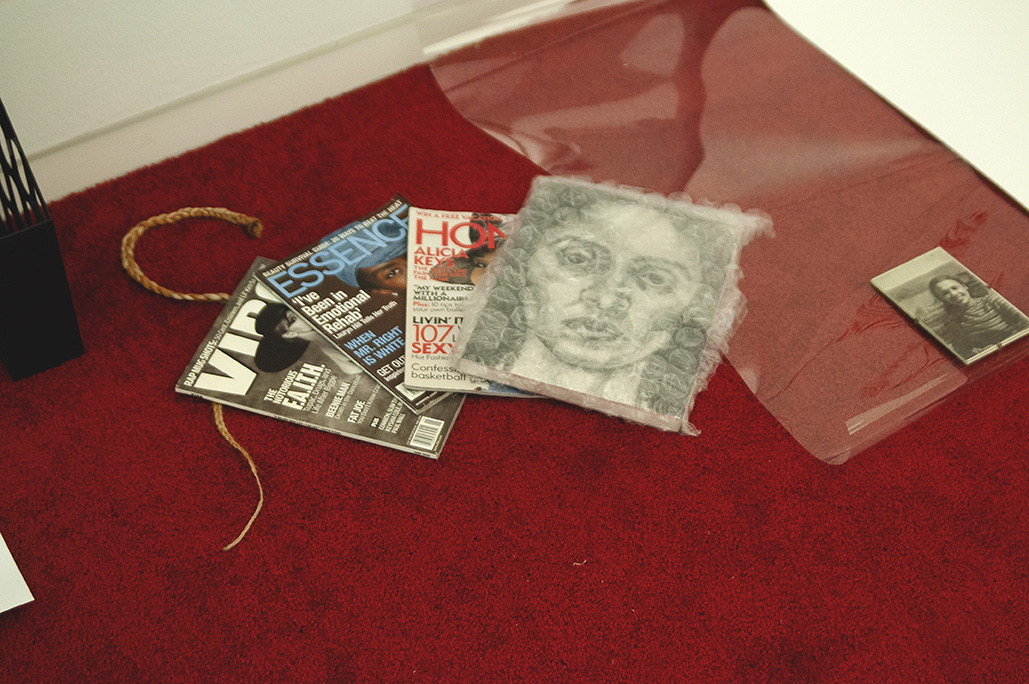
In what ways do you consider yourself a performance artist?
I do not call myself a performance artist. I am an interdisciplinary, or even better, “undisciplinary,” artist. I don’t force my work to be disciplined. The way I approach performance is as an incubator of ideas. It allows me to think through things that are a little more tricky. The performance space becomes a studio for me. So having conversations with people, interacting with them, having them take ephemera, a piece of paper, whatever, becomes the space where I actually start to think about what I am doing and where I want to go. I have been doing a certain type of performance for a long time, and something needed to change.
I don’t want to live with the assumption that visibility is freedom, when I know that to be false. I want my work to generate ideas of how to make the world that we want through mutual agreements, education, humor, and connecting on a human level.
Can you elaborate on the performance you were making before, and how that has transitioned into your work now?
Before I made work that was about displaying a particular type of racial or gender suffering, and putting myself in that position to the extreme. A lot of young artists do this because they think that becoming visible as a marginalized subject is empowering. Some older artists who still do this find themselves tired and bitter. I don’t want to live with the assumption that visibility is freedom, when I know that to be false. I want my work to generate ideas of how to make the world that we want through mutual agreements, education, humor, and connecting on a human level.
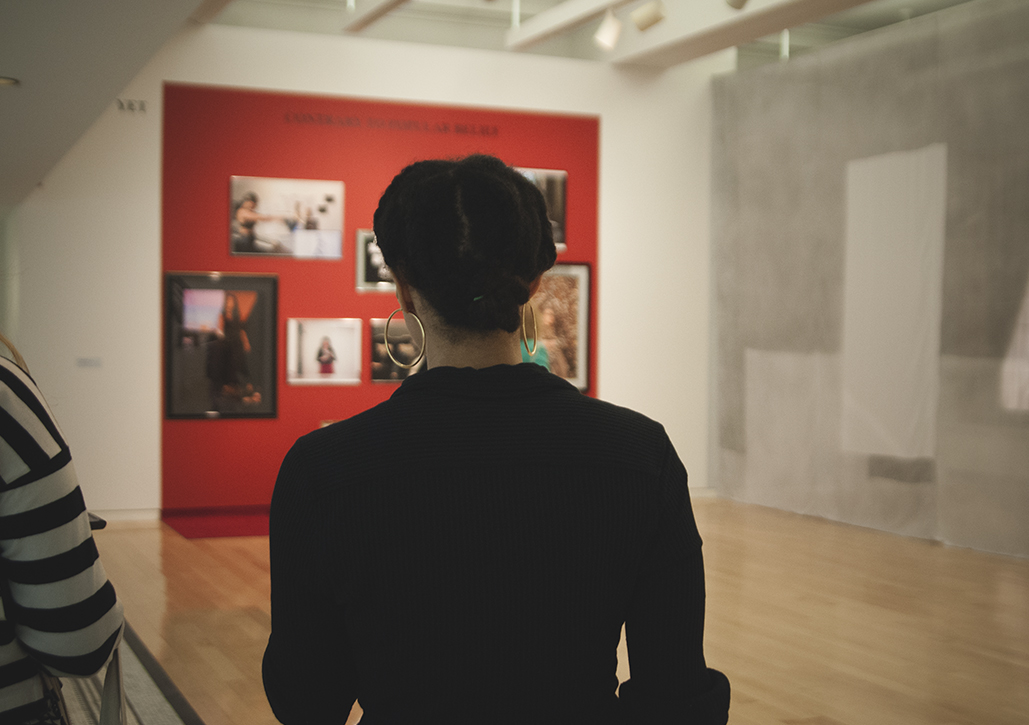
Can you explain the user agreement you have drafted and displayed on your website?
Basically the contract was activated through a series of performances where I destroyed all of my photographic work that has been printed prior to me working with this contract. The contract stipulates that no one can buy my work and then resell it without paying me again. Most artists’ contracts tell the buyer to let them know where it goes, or give them the option to buy it back. Mine just straight up says I will sue you if you sell my work and don’t give me a cut. That is pretty much the end of it. It also talks about making sure my name and titles appear properly in print.
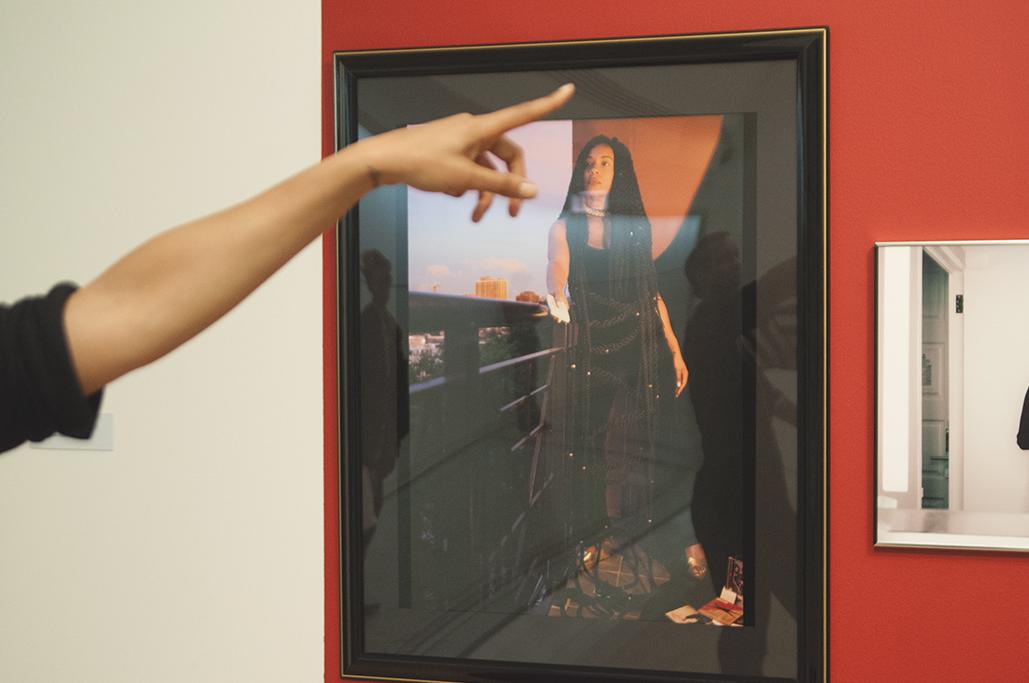
Is this because of the length of many of your titles?
Right. I put so much energy in the titles, so if someone is going to summarize it, I would rather I give them the summary to print. Also I want to make sure they publish my name as Rashayla Marie Brown because the Marie is a very important part of my name. That is my mother’s name. A lot of my work talks about feminism, women’s power, and family dynamics, so in order to be legit on that I feel like I need to continuously acknowledge my mother because she gave me that name.
How is your relationship with your mother highlighted in your work?
I think about that a lot, and I think a lot of artists work with their mothers because that is the person that is in close proximity to you, and you probably have a lot of issues with. I think I’ve accepted I won’t bear children, and I feel free not having to worry about it. I am often thinking about creation. Who are the people that bare the brunt of that creation? It is mothers. They are treated like crap. People use them, and then they don’t get the appreciation or acknowledgement they deserve, either from the people that they created or from society at large. The way that we treat mothers as a society is really horrific, especially seeing that motherhood is a requirement for society to perpetuate. I wanted to provoke people to think about my mother when they are thinking of exploiting me. Many times I use my mother’s image or her name in relation to images of me that are sexualized or presented in a format where I could be “objectified” to remind people that all objects have creators who put a lot of work into them.
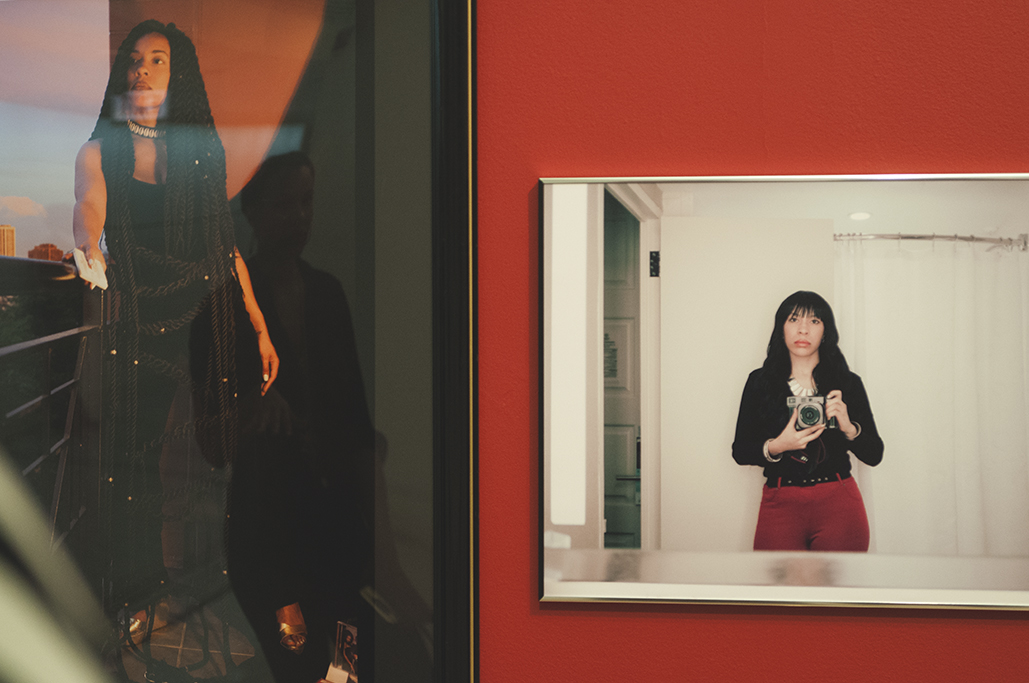
Can you talk to me about the origin of your piece Wig Karma?
The photograph is related to a six-month performance where I wore a wig. It was a very basic performance. I would just wear a wig everywhere I went, whether that was to my job, to do a conference presentation, to go to the club, or go to my grandfather’s funeral. Everyone knew that my hair didn’t look like that, so I basically just started one day looking a certain way, and then I showed up the next day looking different. Typically the work is displayed through a performative lecture where I call people on the phone who have something to do with my life relating to the wig. For one of the performances I called my ex-fiance on the phone. I met him on a day when I was wearing the wig, and I was always very troubled by the idea that he would only be attracted to me because of it. The performance clearly brings up Eurocentrism in beauty standards, but what it really starts to bring up for me is this concept of me losing a grip on my own self or thinking about absorbing the karma from this human hair wig. All of this hair probably would have come from India or some part of Asia where women have really long straight black hair. A lot of the hair that goes into the wigs is hair from shrines where women are ceremoniously shedding their hair. I always found it interesting that this object associated with campiness and superficiality is actually linked to this very profound spiritual experience. I am thinking about absorbing the karma of devotional women through this really superficial object. Maybe they can help or hurt me.
Can you talk about how you shift and transform into different roles for each of your photographs and performances?
A lot of it for me is not about my own personal identity. It is more about me trying to make sense of a cultural landscape that is attached to physical form and then thinking about what kinds of experiences I can tap into through that identification. For example, some of the ones that are very straightforward and Cindy Sherman-esque, something like the piece with the rapunzel wig (Our Loneliness…) or You Can’t See Me, Fool is very identity politics circa 1985 or 1989. I think what I am trying to do is grapple with the legacy that I have been given as a visual artist, photographer, woman, and person of color. I am starting to think that what my work is really about is not identity politics, but about this mythological identification with otherness that happens when the artist starts putting themselves into their work. They are expected to talk about their work and often their identity becomes the central piece. They are invested in seeing themselves through the eyes of others, like living a life through social media or with W.E.B. Du Bois’s double consciousness on steroids. This brings pain.
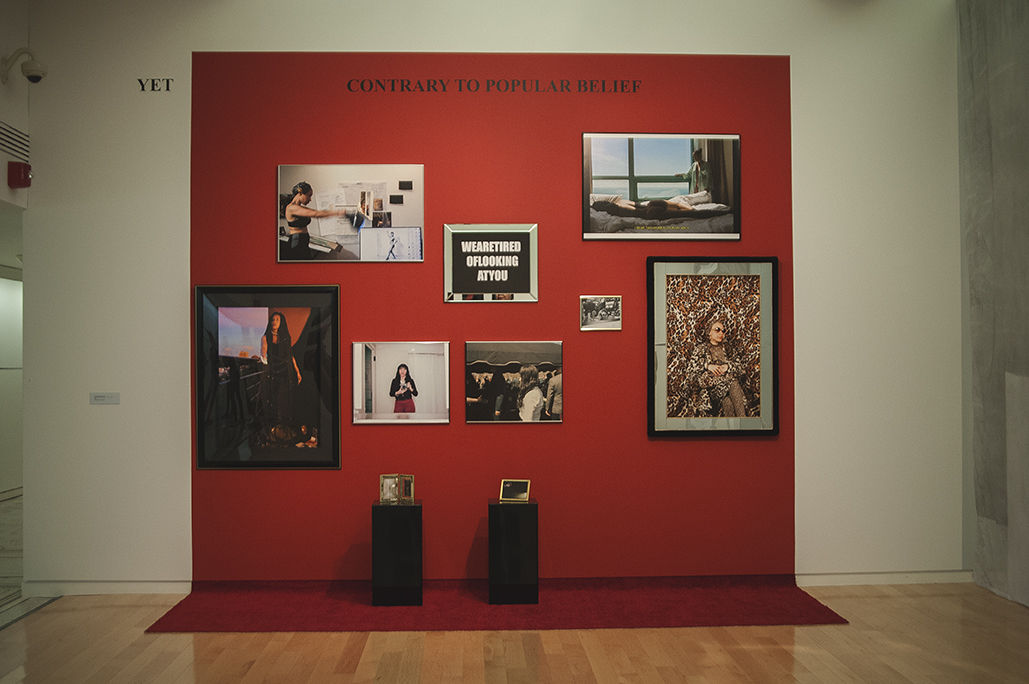
Why have you begun to include vinyl lettering into your work?
I like it when I can use text or titles to create a provocation so people start thinking that it isn’t just about this super highly stylized image, it is about something else. I like that kind of shift that people go through mentally. I am just trying to figure out a way to make that more present. I am starting to do that with actual incorporation of the text into the pieces. This looking like a meme text, because Impact is the font used for memes. I am starting to think about how the text inside of the piece talks to each other and then also talks to the title.
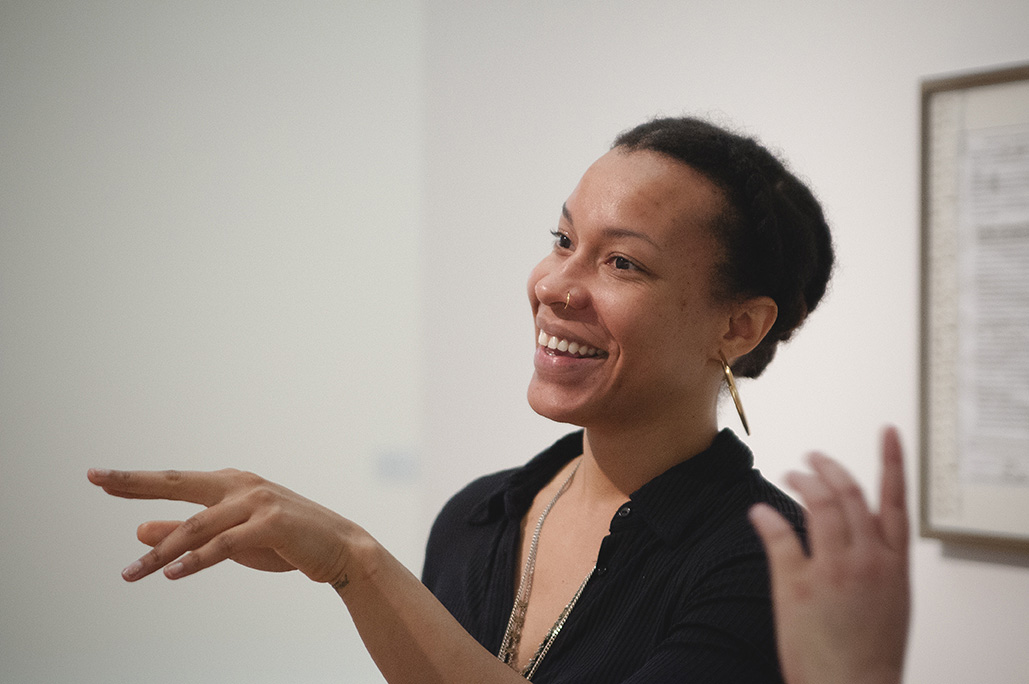
I love David Leggett’s work. He does this really awesome thing where the title of the piece will talk to the text in the piece and it is always hilarious when he does it. He has such a great sense of how linguistic humor works. A lot of my work has a sense of humor as well, although it is not as specific as his. It kind of takes people a little bit longer to get to the humor because my humor is also a little bit dark. Incorporating images of a funeral or a skull in relation to images of my body and me being this kind of like model type of figure is interesting to me. I am still working through that.
What are you most excited about exploring in your practice this year? What kind of images do you want to look at and create?
I’m ambivalent about looking at the future, and I feel it brings suffering to do so. I will say that intend to spend more time abroad, likely England or Germany because I have contacts there, making more books connecting my photos and writing, and becoming a more skilled filmmaker and voice actor. I’m wrapping up a film in Atlanta, GA with my family that Jennifer Reeder and Terence Nance have agreed to consult. I won’t be performing unless I’m being paid very well, as my body needs rest right now. I’m installing a solo show titled Supreme Being at Rhodes College in Memphis and at another college in the fall. I am researching and writing about the decolonization of art history in a PhD program at Northwestern. In my ambivalence about the future, whatever I do, I am very engaged, very global, and very open to possibility. Maybe I’ll meet Oprah.


